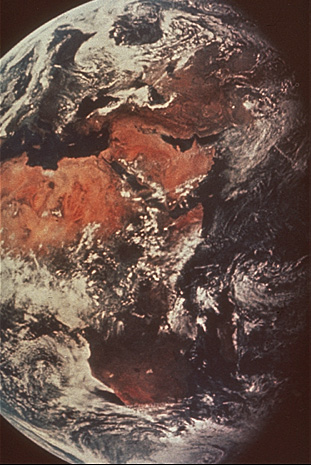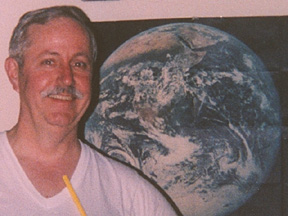


The central representations of modern science are "ways of looking at the world." They are equally useful to children and adults. Simplified computer models of the everyday world, computer microworlds, can help people understand and learn; they provide a toy to tinker with, from which to learn a scientific view of "what's what" and "how it all fits together." More advanced computer facilities provide tools for more advanced work. Computer microworlds are popular in a specific sense: they do not train anybody to do any job, even though playing with them provides a sufficient orientation for a more purposeful training to follow. In this specific sense, they are suitable for the introduction of inexperienced people to the possibilities of modern technology.
Here follow succinct descriptions of important ideas which, embodied in computer microworlds, could comprise a basic "curriculum" for the age of intelligent machines. This is a curriculum without schools, without credentials, in which the most important element is the communication of powerful ideas. Experience of computer based microworlds could supplement the schooling many children now receive and could compensate a little those of any age who have not had the opportunity to learn as much as they would have liked.
Computers permit general and powerful ideas to be made clear through concrete examples. Computers will be especially useful in the following areas:
- Language
- Space
- Mathematics
- Process and Result
- Physics
- Logic
Language:
Computer languages use words or other sequences of written/typed symbols to stand for actions they can perform. The essential novelty computers introduce for literacy is creating a new function for single words and simple phrases; that is, controlling the computer itself. This new utility for simple, keyed phrases provides a new path for learning words, their meanings, and the rules of correspondence between spoken sounds and written words. It is very important that the computer used permits people to define new procedures of their own and to give them names that are meaningful to them; it is also important that the symbols used for individual keys can be changed to suit various language requirements.
Space:
Cartesian space descriptions are fundamental to much modern mathematics. Such space descriptions can be introduced through computer-based activities which use them without mathematical complexities. Body-centered geometries describe objects and designs in space by listing the actions followed in tracing the outlines. Such geometries are easier for people to understand than Cartesian descriptions of space; they can be introduced even to very young children and unschooled adults because the actions are similar to people's movements, and outlines are like the path a person follows moving from one place to another.
Mathematics:
Variables are names associated with changeable values. Understanding how the behavior of processes change as values vary is a central part of computer experience. Once the idea of a variable has been introduced, mathematical functions can be seen as a special class of processes, that is, those which create "output values" for each set of input values. This idea reduces the mystery of large areas of mathematics.
Process and Result:
Computers make possible the construction of little worlds of experience which are capable of being completely described. A description which names every element of a system and which specifies how every transformation of a system affects the values of the elements is called a formal state description. To know that such descriptions are possible and to have clear examples of them is very important because the achievement of such descriptions is a primary goal of scientific theory. Emergent phenomena are those which appear from the interactions of the various elements of a system without any specific direction that they do so. Repetitive procedures which draw designs provide clear examples of emergent phenomena. Creating and analyzing emergent phenomena provides a powerful model for understanding any sort of complex process.
Physics:
Computer-based microworlds are "ideal" worlds. Objects move without friction, for example. Thus computer microworlds can sometimes better represent the general and powerful ideal laws of science than can everyday experiences. Contrasting the formal description of a static object with that of a dynamic object presents in clearest possible form the central idea of Newtonian physics: force is a velocity changer. The capability of creating multiple and various models of the same domain of phenomena can bring thought experiments, so powerful in the development of physics knowledge, within the reach of a much broader spectrum of people than has ever been possible before.
Logic:
To the extent that logic is one way of representing the states, relations, and transformations of things and processes, in a practical sense logic is a subset of the study of representations; this study is the central theme of the discipline which has become known as artificial intelligence. Introduction to the ideas and computer languages of artificial intelligence will play an increasingly central role in tomorrow's world of ubiquitous computation. Representing objects or organizations as named lists of properties permits the development of procedures to perform the fundamental operations of hierarchical classification. Since sets can be represented as lists without ordering, the logic of set theory can be explored by writing procedures for the manipulation of "dis-ordered" lists. Although not a domain of traditional logic, constructing and contrasting unstructured and hierarchically structured systems of procedures develops what will surely be essential logical skills in the future.
Publication notes:

Thanks to an invitation from the director of the UNESCO program "Learning Without Frontiers," I will dedicate a sabbatical term to exploring with him and his colleagues ways new communication technologies can advance the UNESCO mission.